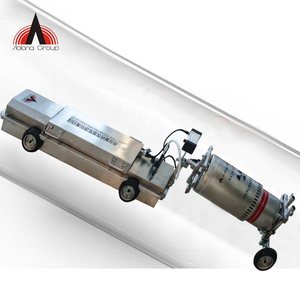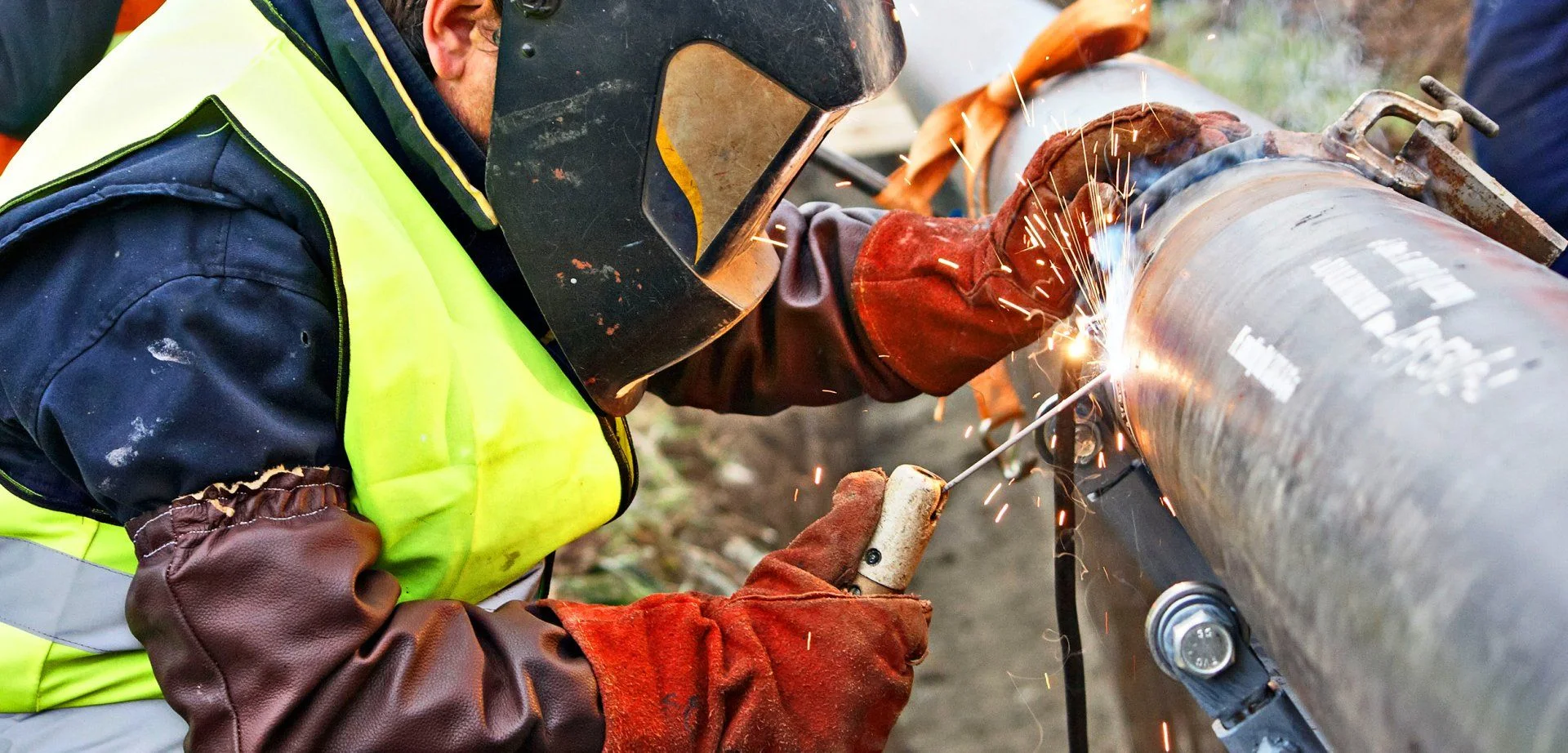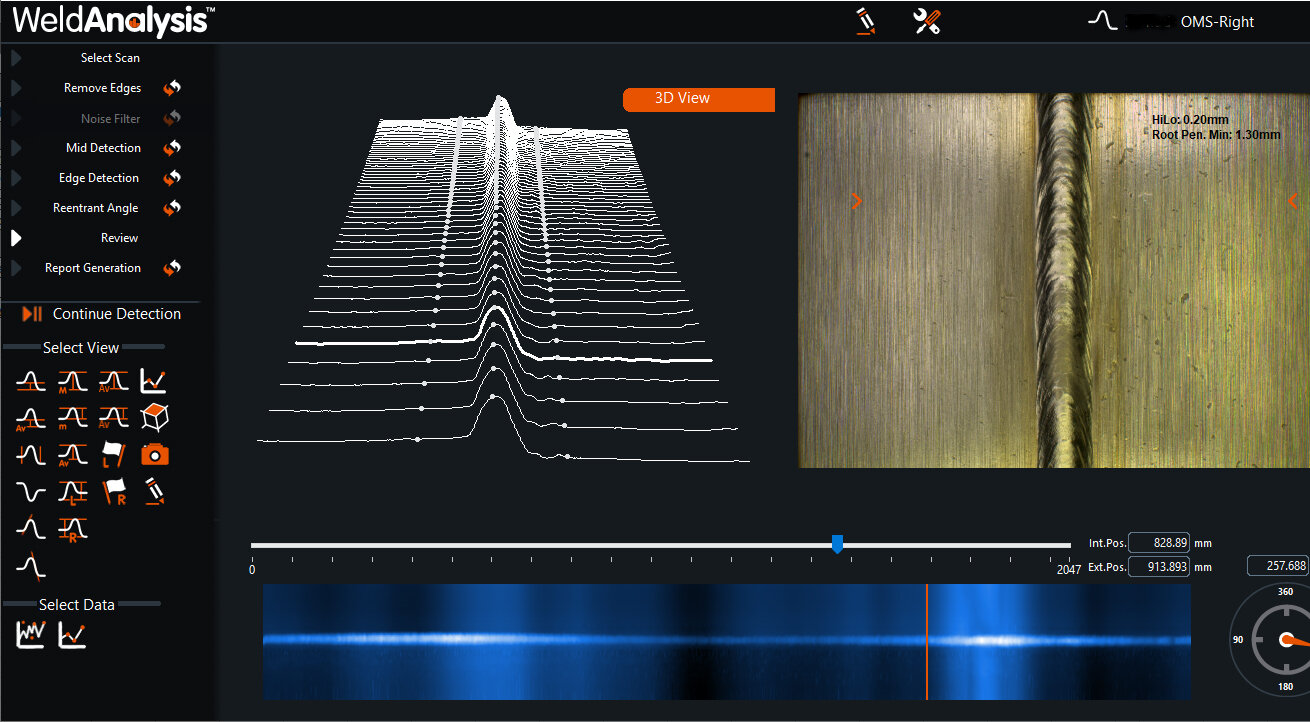Advanced Methods in Pipe Welding Evaluation: Technologies and Technologies for Boosted Accuracy and Dependability in Weld Evaluation
The landscape of pipe welding assessment is going through a substantial change, driven by sophisticated strategies that promise to improve both precision and integrity in weld assessments. Developments such as automated evaluation systems and progressed imaging modern technologies are redefining conventional practices, while non-destructive testing approaches ensure material integrity is maintained. As these technologies progress, they not only elevate problem discovery prices yet also make it possible for more effective upkeep methods. Nonetheless, the effects of these innovations prolong beyond immediate benefits, increasing vital concerns about future methods and standards in the industry.

Significance of Weld Evaluation
Guaranteeing the honesty of pipeline welds is important to the total security and dependability of commercial systems. Welds serve as the architectural backbone of pipelines, which move a range of fluids under varying stress. Flaws in welding can lead to devastating failures, leading to not just considerable financial losses however additionally prospective ecological disasters and dangers to public safety. Therefore, extensive inspection of welds is indispensable to the lifecycle of pipeline facilities.
The significance of weld assessment expands past simple compliance with regulative requirements. It works as an aggressive step to identify and remedy blemishes, such as insufficient blend, porosity, or splits, before they intensify into severe concerns. Reliable examination techniques also add to the longevity of pipelines, minimizing upkeep expenses and enhancing functional efficiency.
Furthermore, comprehensive weld assessments foster depend on amongst stakeholders, including regulative bodies, financiers, and the neighborhoods served by these pipelines. By making sure that all welds satisfy the needed standards, companies can mitigate risks and promote their credibilities. In summary, weld examination is essential not just for operational integrity yet additionally for the more comprehensive ramifications it holds for safety and ecological stewardship.
Automated Examination Equipments
The combination of automatic assessment systems in pipeline welding has actually transformed the method to ensuring weld high quality and integrity. These systems employ innovative robotics and expert system to conduct examinations that are not only much faster however also a lot more constant than traditional approaches. Automated systems can cover extensive sizes of pipelines effectively, recording data that human assessors may neglect due to exhaustion or environmental problems.
Among the crucial benefits of automated assessment systems is their ability to run in unsafe settings, lowering the risk to human examiners. They use various non-destructive testing (NDT) methods, such as ultrasonic screening and magnetic fragment evaluation, to examine weld honesty without compromising the framework. The information accumulated is processed in real-time, permitting instant responses and prompt rehabilitative actions when flaws are recognized.
Furthermore, automated systems help with the standardization of evaluation processes, making sure that each weld is reviewed versus regular standards. This not just boosts the integrity of results yet additionally simplifies conformity with regulatory standards. As industries remain to prioritize safety and operational performance, the duty of automated inspection systems in pipe welding will unquestionably increase, leading the way for extra innovative top quality guarantee techniques.
Advanced Imaging Technologies
Often used in modern-day pipe welding assessments, advanced imaging technologies have significantly boosted the capability to find and examine weld flaws. Techniques such as electronic radiography, computed tomography, and thermographic imaging give examiners with high-resolution images that disclose sub-surface problems and structural inconsistencies that may be undetectable to the naked eye.
This leads to much faster inspections and improved accuracy in determining critical issues. Computed tomography, on the various other hand, uses three-dimensional imaging, making it possible for inspectors to imagine complicated geometries and examine the integrity of welds from multiple angles.
Thermographic imaging utilizes infrared modern technology to spot variations in temperature level, recognizing locations of possible weak point or tension within the weld. These innovative imaging modern technologies not just improve issue discovery rates yet additionally reduce the moment and resources required for pipeline assessments. Therefore, they play an important function in preserving pipe security and dependability, guaranteeing compliance with market standards while reducing functional threats.
Non-Destructive Examining Techniques
Using different methods, non-destructive testing (NDT) approaches are essential in pipe welding evaluations, allowing for the assessment of weld integrity without jeopardizing the product's architectural integrity. NDT encompasses a variety of approaches, including ultrasonic screening (UT), radiographic screening (RT), magnetic particle screening (MT), and dye penetrant screening (PT) Each technique has distinct benefits and applications depending on the details needs of the evaluation.
Ultrasonic screening uses high-frequency acoustic waves to spot inner defects, providing specific measurements of weld density and integrity. Pipeline Welding Inspection. Radiographic screening employs X-rays or gamma rays to generate photos of the weld, disclosing internal problems that might not be visible externally. Magnetic fragment screening is efficient for spotting surface area and near-surface suspensions in ferromagnetic products, while dye penetrant testing highlights surface area cracks by utilizing a colored dye
Including these NDT techniques right into pipeline welding assessments enhances the precision and reliability of weld evaluations, guaranteeing that possible failures are identified early. As markets require greater standards for security and efficiency, the duty of NDT in keeping the honesty of bonded frameworks continues to be critical in pipeline building and construction and upkeep.

Future Patterns in Weld Analysis
As we look to the future of weld assessment, improvements in modern technology are poised to transform the approaches employed for evaluating pipeline stability. The assimilation Homepage of expert system (AI) and artificial intelligence in examination procedures is expected to improve the precision of problem discovery and anticipating upkeep. These technologies enable real-time data analysis, enabling inspectors to identify potential issues prior to they rise right into substantial troubles.
Furthermore, the use of drones equipped with advanced imaging systems is obtaining grip. These airborne assessments can cover huge areas quickly, linked here capturing high-resolution images and information that can be examined for problems in hard-to-reach areas. This not just improves safety and security yet additionally boosts efficiency in the inspection process.
Furthermore, the growth of smart sensors installed in pipe systems provides the possibility for continuous tracking. These sensing units can spot modifications in stress, temperature level, and vibrations, supplying beneficial insights into the health of the welds gradually.

Final Thought
Finally, the combination of sophisticated methods in pipe welding examination substantially improves the precision and dependability of weld assessments. Developments such as automatic assessment systems, progressed imaging innovations, and non-destructive screening techniques play a critical role in boosting issue detection prices and cultivating proactive upkeep methods. As these innovations continue to progress, they will certainly even more guarantee the safety and performance of pipeline systems, inevitably adding to try this the stability of essential framework.

Comments on “Making Certain Durability with Thorough Pipeline Welding Inspection”